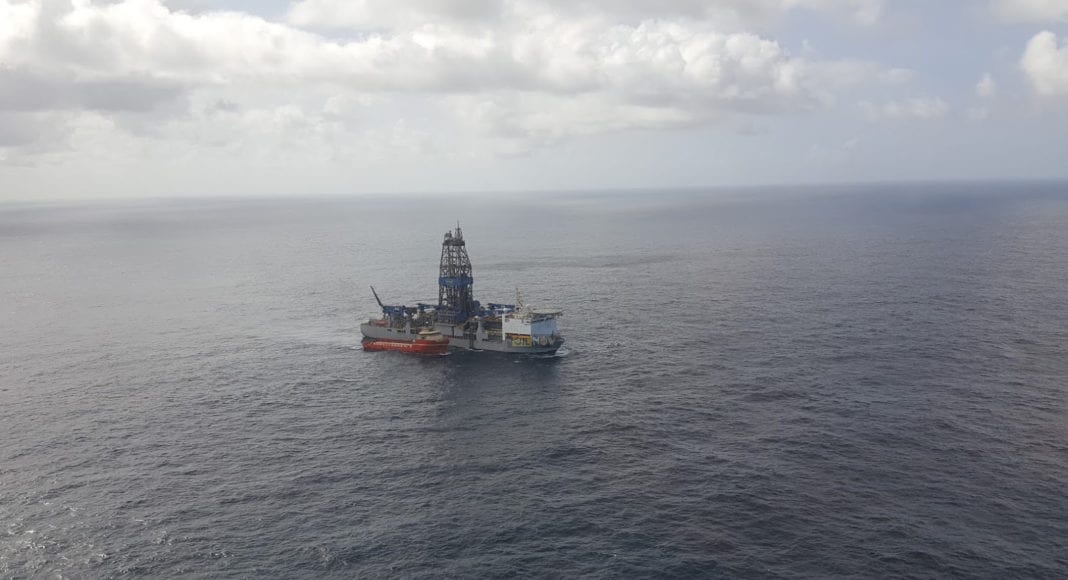Updated August 27, 2021
Before 2015, offshore Guyana was considered a “high-risk frontier basin” with 45 wells drilled over a span of 50 years resulting in no commercial discovery.
Bordered by oil producing giants such as Venezuela and Brazil, the evidence of possible hydrocarbon accumulations in Guyana dates back to the 1700s, when oil traces were reported. However, the quest for unlocking the subsurface riches began in earnest in 1958, when California Oil Company conducted seismic surveys before withdrawing in 1960.
The 1990s saw Total drill its Arapaima 1 well in 1992, establishing the presence of gas within the Lower Cretaceous. Tensions mounted in June 2000, when a Surinamese gunboat threatened to fire on the rig preparing to drill CGX Energy’s Eagle 1 well near the maritime border, thus forcing it to relocate to Horseshoe West 1.
The Eagle 1 well was ultimately drilled in 2012, after a 2007 agreement between Guyana and Suriname resolved the border dispute and unveiled reservoir quality sands with shows of hydrocarbons in the Eocene and Upper Cretaceous. This was followed by the drilling of Jaguar 1, which was abandoned due to unexpected high pressures encountered in the well.
The next campaign in Guyana marked the country’s great breakthrough, with the game-changing Liza discovery in the Stabroek block in 2015.
Guyana discoveries ‘like pearls on a string’, success now stretches to Suriname – Global Consultant
In a webinar facilitated by OilNOW, Wood Mackenzie said exploration costs are higher, on average in frontier basins, due to water depth, remoteness, and potential for geological complexity. High-risk exploration as chance of commercial success is lower (5% vs 8% in emerging and 11% in mature basins) due to uncertainty around field size and hydrocarbon type (oil versus natural gas). Along with the high risk, high reward is expected so operators target frontier basins in search of high impact and large fields.
WoodMac said the average discovery size in frontier basins is not only larger, but it also accounts for half of giant discoveries globally.
Average size of each Guyana oil discovery is 300 million barrels
While Liza has not been the biggest deepwater discovery out there – there has been others such as Búzios and Uirapuru in Brazil and Johan Sverdrup in Norway, “Liza is probably in the second top, second quartile,” Steinhacker said.




